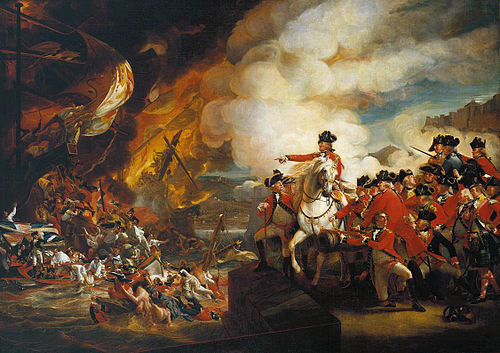Year 1779: A Historical Overview
The year 1779 was a significant year in history, marking the end of the 1770s decade. It was a common year that began on a Friday in the Gregorian calendar and a Tuesday in the Julian calendar. This year is notable for various events across the globe, particularly during the American Revolutionary War.
Key Events
January–March
- January 11: British troops surrender to the Marathas in Wadgaon, India.
- January 22: Claudius Smith is hanged for acts of terrorism during the American Revolutionary War.
- February 14: Captain James Cook is killed in the Sandwich Islands.
- March 10: The Treaty of Aynalıkavak is signed between Ottoman Turkey and the Russian Empire.
April–June
- April 12: Spain and France sign the Convention of Aranjuez, aligning against Great Britain.
- June 1: Benedict Arnold is court-martialed for malfeasance.
- June 16: Spain declares war on Britain in support of France.
July–September
- July 16: The Great Siege of Gibraltar begins.
- September 23: The Battle of Flamborough Head occurs, with John Paul Jones leading the American forces to victory.
October–December
- October 1: The city of Tampere, Finland is founded.
- December 25: Fort Nashborough is established, which will later become Nashville, Tennessee.
Notable Births
- January 5: Stephen Decatur, American naval officer.
- August 1: Francis Scott Key, American lawyer and lyricist.
- December 12: Madeleine Sophie Barat, French Catholic saint.
Significant Deaths
- February 14: James Cook, British naval captain.
- October 11: Kazimierz Pułaski, veteran commander.
- December 16: Emperor Go-Momozono of Japan.
Industrial Revolution Developments
- The Iron Bridge is erected in Shropshire, the first bridge built entirely of cast iron.
- Samuel Crompton perfects the spinning mule.
This year, marked by conflict, exploration, and innovation, set the stage for future events that would shape the world.

